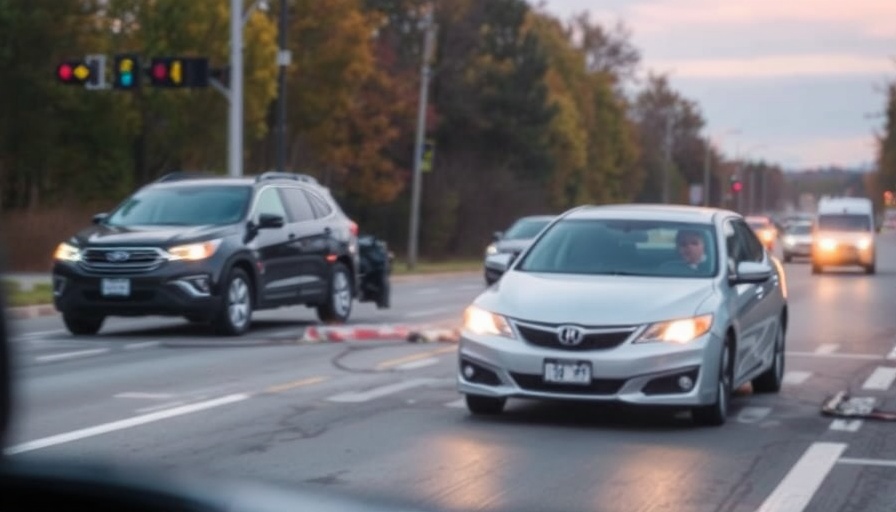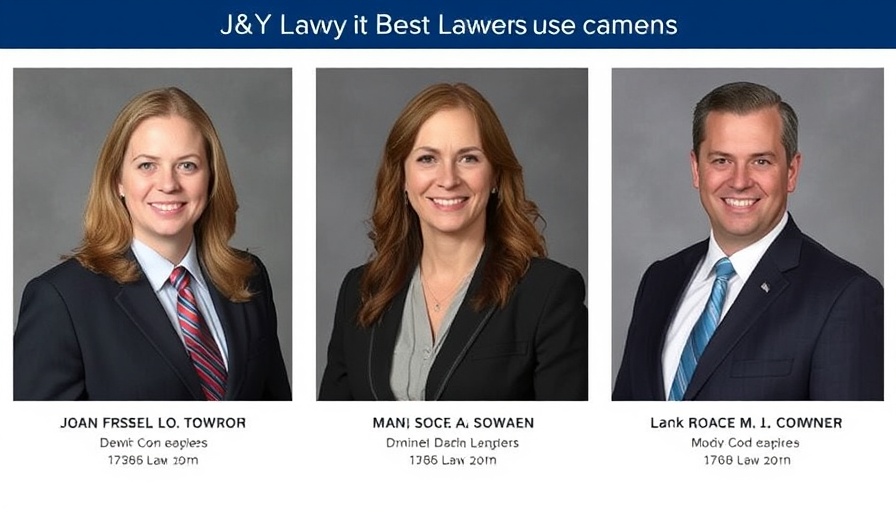
Understanding Liability in Traffic Incidents
Motor vehicle accidents can be complex, especially when actions taken to avoid a collision ironically lead to another accident. In these scenarios, understanding who is liable becomes crucial. Liability generally revolves around negligence, which is defined as failing to take reasonable care to avoid harm to others. But what happens when a driver tries to prevent a crash, only to inadvertently cause a new one? In such cases, the analysis delves into both the actions of the driver and the unique circumstances surrounding the incident.
Legal Precedents on Avoidance Maneuvers
Historically, courts have grappled with liability in cases where a driver's attempt to avoid a collision leads to another. Numerous legal cases have established precedents that help clarify this issue. For instance, one case found that while the driver’s intent to avoid harm was commendable, ultimate responsibility fell on them for failing to navigate the situation effectively. Courts often examine the appropriateness of the driver’s reaction, weighing it against a standard of reasonable care.
Understanding Comparative Negligence
Many states implement a system of comparative negligence, which allocates fault among all parties involved in an accident. This principle means that if a driver attempting to avoid a crash contributes to another accident, their degree of fault may diminish their ability to recover damages. For example, if the initial driver was deemed to contribute 40% to the event, while the second driver’s evasive maneuvers contributed to the subsequent crash, the fault could be split. This can significantly impact personal injury claims and insurance payouts, which is why understanding liability is essential.
Factors Influencing Liability Determination
Several factors determine liability when an avoidance maneuver leads to unintended consequences:
- Speed and Angle of Vehicles: How fast both parties were traveling and their relative positions can affect perceptions of negligence.
- Road Conditions: Weather or road conditions may be a mitigating factor that influences the driver’s judgment.
- Driver’s History: A driver's previous behavior and adherence to traffic laws could be scrutinized during the liability investigation.
Evidence Collection is Key
In any traffic accident, but especially those lacking clarity regarding liability, gathering evidence is vital. Eyewitness accounts, traffic cameras, police reports, and even physical damage to vehicles can help piece together the scenario leading to the crash. Documenting the scene immediately following the incident can strengthen a driver's claim of why the initial evasive action was necessary.
Practical Tips for Drivers
Here are some practical tips drivers can consider to boost their awareness and react responsibly in potentially hazardous situations:
- Stay Calm: Panic can lead to rash decisions. Train yourself to respond methodically to prevent accidents.
- Maintain a Safe Distance: Ensure you keep a safe distance from the car in front of you, which provides extra time to react.
- Consult Legal Professionals: After any accident, especially those with ambiguities, seek legal advice to understand your standing.
Conclusion
Navigating the intricacies of liability when a crash avoidance maneuver leads to another incident is undoubtedly overwhelming. However, understanding the legal principles, historical precedents, and best practices can significantly mitigate complications following an accident. Always remember, in the face of immediate danger on the road, staying alert and prepared can save lives – more importantly, it can help you understand your rights and responsibilities as a driver.
Take charge of your safety and knowledge; consider consulting with traffic and accident law experts to prepare for the unexpected. Understanding the nuances before experiencing an accident can make all the difference.
 Add Row
Add Row  Add
Add 




Write A Comment